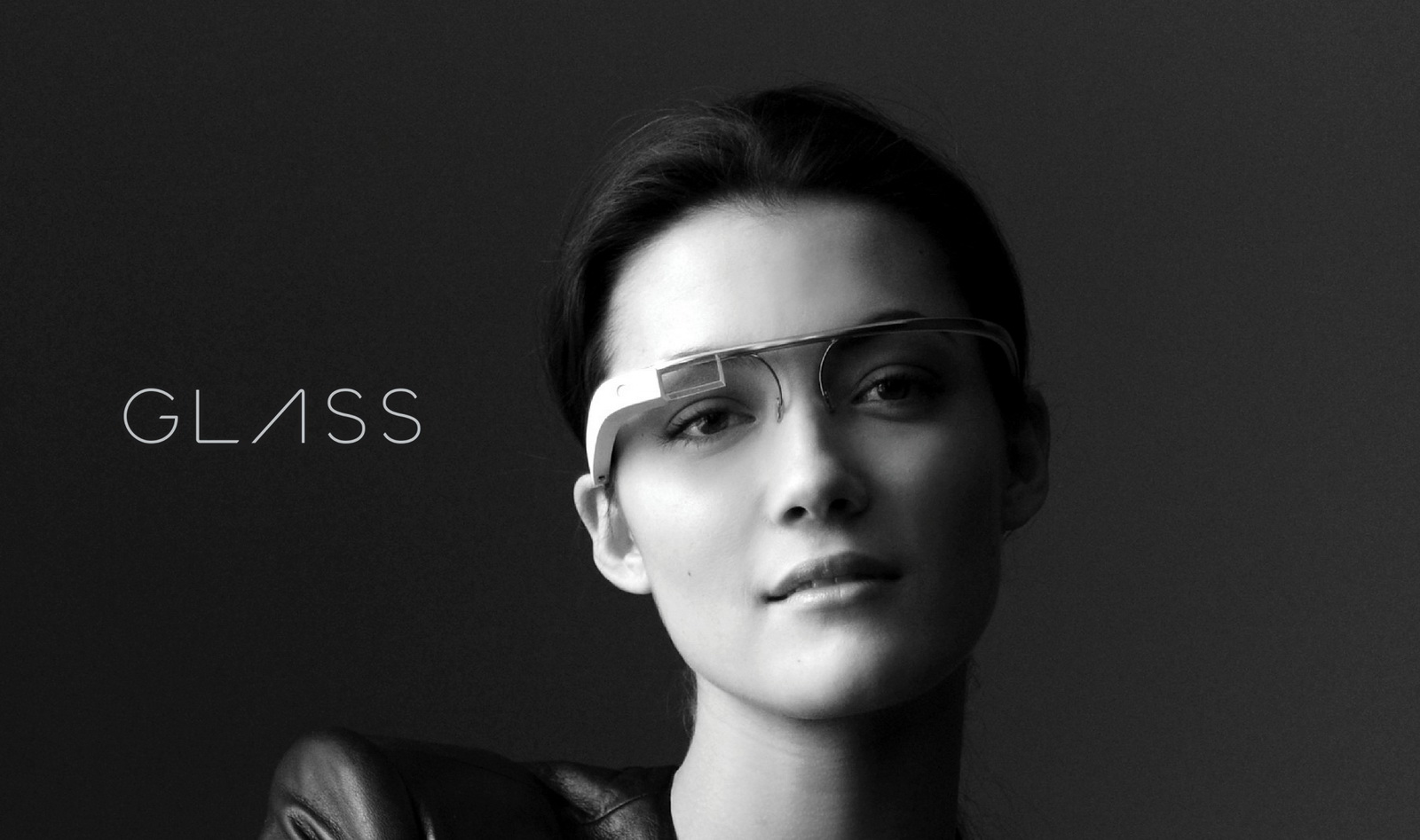Since its inception, Google Glass has gathered world-wide attention for its futuristic idea and design. So what does it offer?
So far Google Glass appears to offer many applications that shape our daily lives in a pair of glasses. From asking Siri a thoughtful question, to recording a video or taking a picture and sharing it on many platforms. All of which is done through voice command. (Click the link below to find out)
Google recently announced that it’s headline grabbing product can now be fitted with prescription lenses. Is this the final stepping piece for this latest wave of technology to transform an already intensely competitive consumer technology market?
The Competitor
If so, there surely needs to be a competitor. This is where the rumored Samsung ‘Galaxy Glass’ comes into play. As Kim Yoo-chul notes in The Korean Times,
“The company is currently developing its smart glasses, tentatively called “Galaxy Glass” with the goal of launching the product at this year’s IFA fair in Berlin at the earliest, according to officials.”
Yoo-chul cites a Samsung official;
“The new smart glass to be introduced by Samsung is a new concept of wearable device that can lead to an exciting culture of communication. The smart glass will present our aim to lead the new market with proven capability.”
The New Markets
So there’s two fierce competitors with a new line of product to offer, but who do they offer it to?There are some including Johanna Martin of marketing firm GfK who argues;
“The current price points are a barrier, restricting wearable tech to an older, more affluent audience.”
However, this is where the glass warfare becomes a compelling read. Despite the lack of eagerness offered by Martin, it is believed that these ‘wearable devices’ offer new revenue markets between competitors such as Google and Samsung;
“The Korea Information Society Development Institute (KISDI) expects the market for wearable devices to expand to $6 billion by 2016 as wearable devices represented by watches and glasses emerge as the next-generation of mobile technology that can replace smartphones.”

Most interestingly is the capabilities for wearable devices in the automotive industry;
“Smart glasses will widely be used in cars and trucks. Self-tinting glass, self-cleaning glass, self-healing glass and automotive display glass are the things. Latest trends in automotive infotainment systems are urging Samsung, Google and Sony to put more resources into smart glasses.”
This new battleground is guaranteed to intensify and hopefully will result in a benefit for all consumers.




